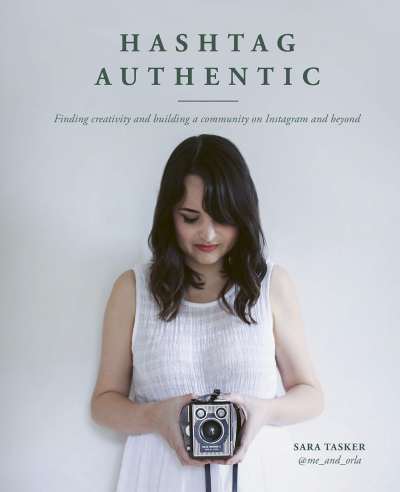Your personal invite to improve your lateral thinking and “see” outside the box!
Do you feel like you could or should bring more creativity into your daily tasks, work and life? Are you a creative person? Perhaps you think in a more logical way embracing a more ‘outside the box’ approach only now and again? Then you should understand what lateral thinking is. Today, we will talk about the lateral thinking definition, some tools to use to improve it, and, of course, spoil you with a couple of lateral thinking puzzles to get your creative juices flowing!
So What is Lateral Thinking?
Let’s begin with the lateral thinking definition.
Lateral thinking, a concept developed by Edward de Bono, is also known as ‘thinking outside the box’ or pushing the limits of your imagination. Coming up with ingenious and brilliant thoughts is often considered to be the opposite of linear thinking and a valuable skill set to enhance.
Creativity involves breaking out of established patterns in order to look at things in a different way. – Edward de Bono
Perhaps you’re stuck in a familiarity rut doing things the same way day in day out producing similar results. Of course, it is easier to be productive when you have a creative mind, but what if you feel that you don’t? Are you the one always feeling anxiety when it comes to brain teasers or playing lateral thinking games or lateral thinking puzzles? If thinking laterally is not your strong suit, you should not feel disappointment, nor avoid social situations where a lateral thinking puzzle is the highlight of the casual evening you spend with your friends. You can train this skill.
What is even more important, is that lateral thinking is a transferable cognitive skill. Sure, you will have tons of fun with lateral thinking puzzles, but training your mind to tap into its creativity resources and finding novel solutions to seemingly impossible problems can help you in all aspects of your life! From finding new ways to become more productive at the office to coming up with brilliant ideas to solve every day problems, lateral thinking opens a whole new world of opportunities!
Ready to shake things up? Grab a pencil pen of choice… we’re going in!
Do You Think of Yourself as Being a Lateral Thinker?
Children are natural lateral thinkers, I work with children most weeks and their imagination fuels my own creativity and that of the creatives I work with.
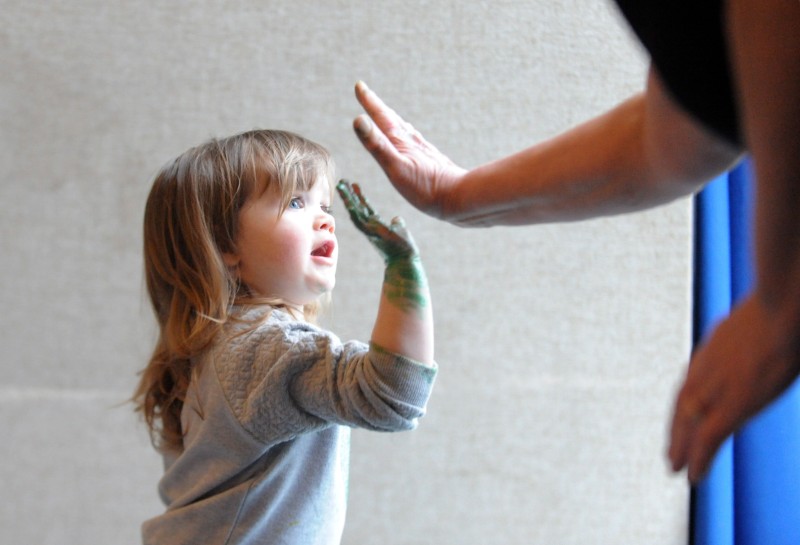
(c) North News
From an early age, we can pick up on signals from well-meaning adults and teachers and establish patterns of how we interact with the world and our work. Have you heard people use these phrases relating to children’s education?
- “He’s very creative, there is no limit to his self-expression”
- “She’s very logical, her maths is stronger than her English”
Do these statements sound familiar? Others might have already pinned you down for a lateral thinker, even if you haven’t yet. Which one the statements above sound more similar to you? How has it manifested in the job you’ve chosen? I’d love to hear from you in the comments below!
Can You Be More Creative by Being More Vulnerable?
Yes! That’s the way to go. I work with people who can have a ton of self-doubt due to self-limiting beliefs they’ve taken on since early life, a lot of which are completely untrue. The best way through this block of creativity is to sharpen our self-awareness and get wide open and vulnerable to regular creative opportunities in our daily life. As we said, you can start with lateral thinking puzzles and work your way to even more creative success!
Everyone I’ve ever worked with is a creative. It’s a bold statement but it’s true. Even those in typically ‘non-creative’ appearing roles. Creativity asks for colour in place of black and white, expansive clear space in the way of facts and ‘to do’ lists.
Which is why creatives I work with often change their working environments and tools. One artist I coach works in three completely different environments every single week – they know if ideas aren’t flowing easily there’s another way in. One has perfected four completely different artforms; creative writing, VR, book making and code.
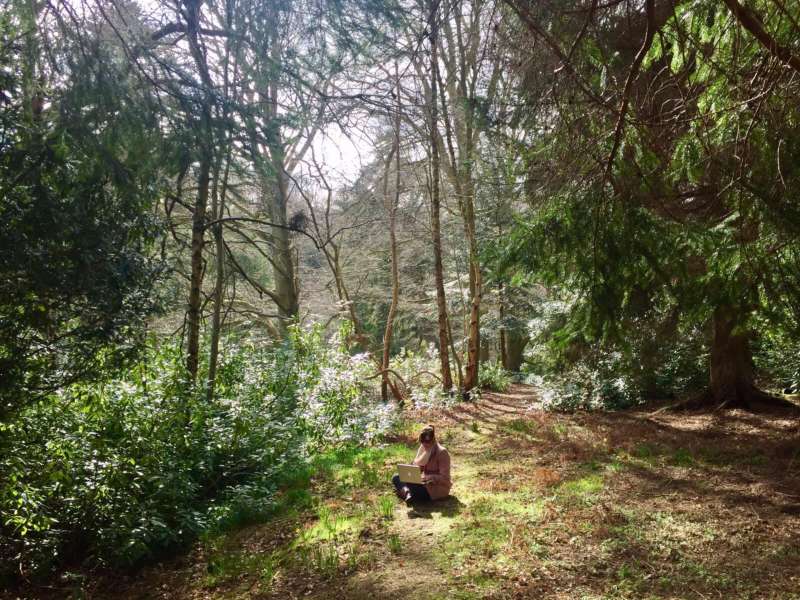
- Are you curious as to how and why these creative types can work across completely different creative mediums?
- Want to know how to interrogate your own ‘usual’ way of doing things and add more creativity to your approach and workplace? What you need is CONFIDENCE!
Here’s an easy way to push yourself out of your comfort zone.
Creativity Exercise to Get into a Later Thinking State of Mind
- List 5 ways you could try mixing up the way you approach your daily tasks at work and at home. List the task you usually do first, then next to that how you do it and then next to that how you could do it more creatively.
- Can you create a new recipe from scratch just from your head for dinner?
- Can you clean your bathroom listening to a new podcast?
Get playful with these three exercises and just see what creative magic appears in your life when you do.
3 More Ways into Allowing Yourself to Be More Creative
1. Mix up your tools and influences.
I’ve just finished writing a huge funding application for a client for a programme of arts activity. Yay me! The online form is very text heavy and restrictive – the whole process takes around 10 days to complete.
The online form wants to know what will happen in a lot of detail, who we will work with and why, how much it will all cost. A logical thinker would probably approach this form step-by-step from the start working through it incrementally.
My approach combined a whole host of different tasks and mini goals to reach the big goal of pressing the submit button. I always knew I’d get there, but I never approach a funding application in exactly the same way.
New environments and tools are proven to stimulate our activity. Here’s the things I tried;
- Sketching ‘Spider-grams’ using A4 Paper and a simple biro pen in a coffee shop;
- Calling one of the artists I wanted to work with for a chat brought huge amounts of enthusiasm to a day I felt stuck;
- Planning the project plan on my living room floor on a huge sheet of paper covered with post-it notes;
- Using different
colour Sharpies with a3 paper for creative ideas and arrows to connect them on my kitchen table.
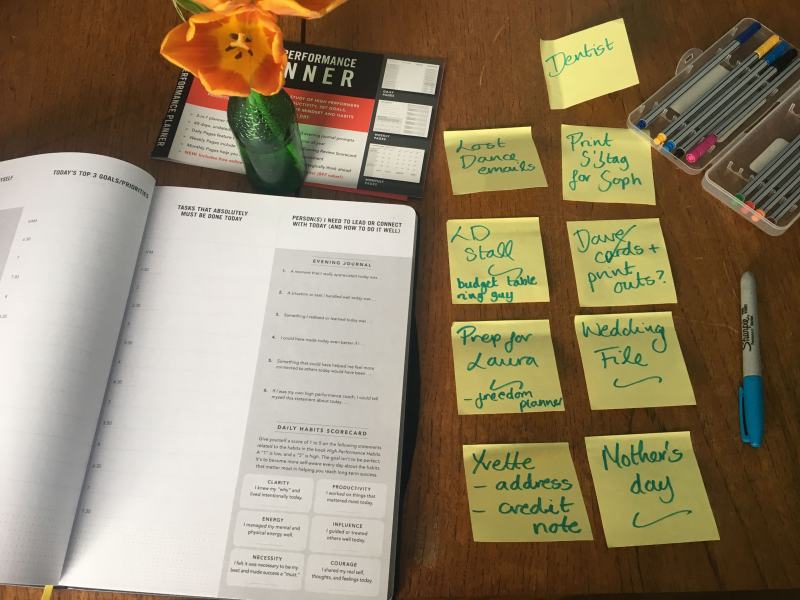
For me, because filling in the online form can be quite tedious, I needed to feel suitably charged up to be able to write it because my writing always comes from a creative place!
I am more efficient in executing the funding application by flowing through various creative methods of completing it a lot of which don’t involve sitting at a laptop filling it in.
2. Change the Space You Work In
I move around every single day when I work and I use a mix of creative planning tools including my laptop, notebooks, my diary, post-it notes and huge sheets of paper. I also paint things – sometimes full walls, working through thoughts and problems as I change the colour of the surface, picking out flecks of dust as I go.
As a creative thinker, I am happy for everything to be spread out in order to bring it back together and find I get more of my best and most creative ideas this way. For me being bogged down with the ‘how’ it’s going to happen comes after the creative ideas of the ‘what’!
Work doesn’t have to be sat down at a desk, inbox tidy, stationary in order, inbox empty… it can be much more open than that and guess what… you’re in charge! And if your environment is mainly desk based perhaps you can suggest an office ‘creativity’ day where you work differently to the norm? Can you bring in some office gadgets that are useful and increase productivity, freeing your mind from the daily grind and allowing you to explore your creativity?
On the other hand, you could all take new photos for your company website, try some styled shoots or bring different materials into the board room?
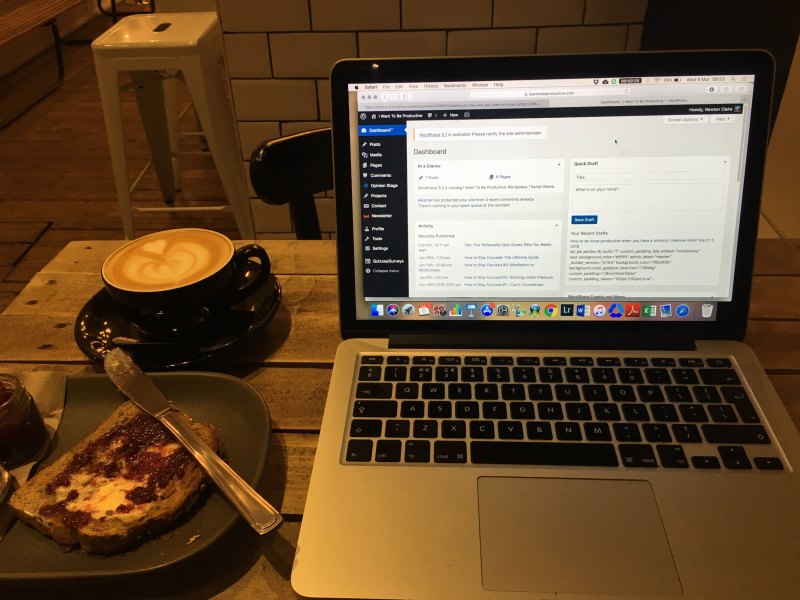
3. Try not to get too attached to an idea or way of doing things
I believe if you think you have a good idea you have to be prepared for others not to like it or to start to move away from it yourself in place of something else.
I often say to my clients – let’s think of at least 10 ideas before you home in on that one you’re attached to. The process of writing out as many ideas as you possibly can opens up possibility and is the absolute opposite of locking yourself into just one too soon.
Try making a Pinterest board for an idea you have, following different accounts on social media, mixing up your podcast playlist, phoning five friends and running your idea past them all.
Lateral or Creative Thinking Links and other Suggestions
- Check this newly released book, ‘Hashtag Authentic’ by Sara Tasker. Sara quit her NHS job to make the social media platform Instagram her fulltime career. A creative with an eye for photography and a penchant for whimsical storytelling she will blow your mind with her ways into being creative online.
- Read some of my interviews with creatives in the ‘coffee and creativity’ segment of my blog.
- Read this article all about our creative spirit and how to feed it.
Lateral Thinking Puzzles and Games
Forget all about those Facebook “problems” prompting you to solve all sorts of mathematical issues and learn how many elephants see how many monkeys. In truth, lateral thinking problems have little or nothing to do with math. Lateral thinking puzzles are incomplete “murder mystery” types of puzzles combined with storytelling. In this framework, a lateral thinking puzzle proposes a story with some clues elegantly introduced between the lines.
Your purpose is to find out what happened in that story or why a situation occurred the way it did. You need to pay attention to semantics, true. Sometimes you do have to count. On the other hand, the bread and butter of lateral thinking puzzles – and of lateral thinking in general – is to force you to take an unbeaten path to make the necessary mental connections.
The lateral thinking problems’ scenarios are unlikely and, most of the times, morbid. You can take the clues at face value or you can start from the premise that they are misleading and try to wrap your creativity around them to make sense of what they mean. To find the answer, you need to ask a lot of the right questions.
Without further ado, let’s see three examples of lateral thinking problems!
Lateral Thinking Puzzles to Jump Start Your Creativity
The Man in the Elevator Classic Lateral Thinking Puzzle
A man lives on the tenth floor of a building. Every day he takes the elevator to go down to the ground floor to go to work or to go shopping. When he returns he takes the elevator to the seventh floor and walks up the stairs to reach his apartment on the tenth floor. He hates walking so why does he do it?
You can find the answer here, but not before you give this problem some thought!
Push that Car Lateral Thinking Puzzle
A man pushed his car. He stopped when he reached a hotel at which point he knew he was bankrupt. Why?
The answer to this lateral thinking sweet little problem is here, but give yourself a change to solve it. Better yet, do the puzzle with your friends and observe their reasoning processes as they try to reach the correct solution.
The Man Who Hanged Himself Lateral Thinking Puzzle
There is a large wooden barn which is completely empty except for a dead man hanging from the middle of the central rafter. The rope around his neck is ten feet long and his feet are three feet off the ground. The nearest wall is 20 feet away from the man. It is not possible to climb up the walls or along the rafters. The man hanged himself. How did he do it?
As a clue, keep in mind that this particular puzzle – and many other – rely on the change of state. Just like the Coal, Carrot, and Scarf Problem. Find the answer here, but not before giving your brain (and your friends’ minds) good run for their money!
There are dozens of exquisite lateral thinking puzzles, books on such puzzles, and a vast database containing the answers and the reasoning processes you need to go through to reach the correct solution. Some problems have multiple correct answers and you need to learn not only to ask a lot of questions, but how to ask the right questions in the first place. As we said, creativity is a transferable skill you can train, just like you train your concentration or even your time management skills!
Final Thoughts
Sometimes these lateral thinking ideas can be combined into one bigger idea and other times every single one is thrown away in place of a better one that comes out through the process.
Whether you regularly think outside the box, make art for a living or spend the day in-front of spread sheets and formulas, creativity is available to you. Try out some of the hints above and above all just create, creativity breeds even more creativity.
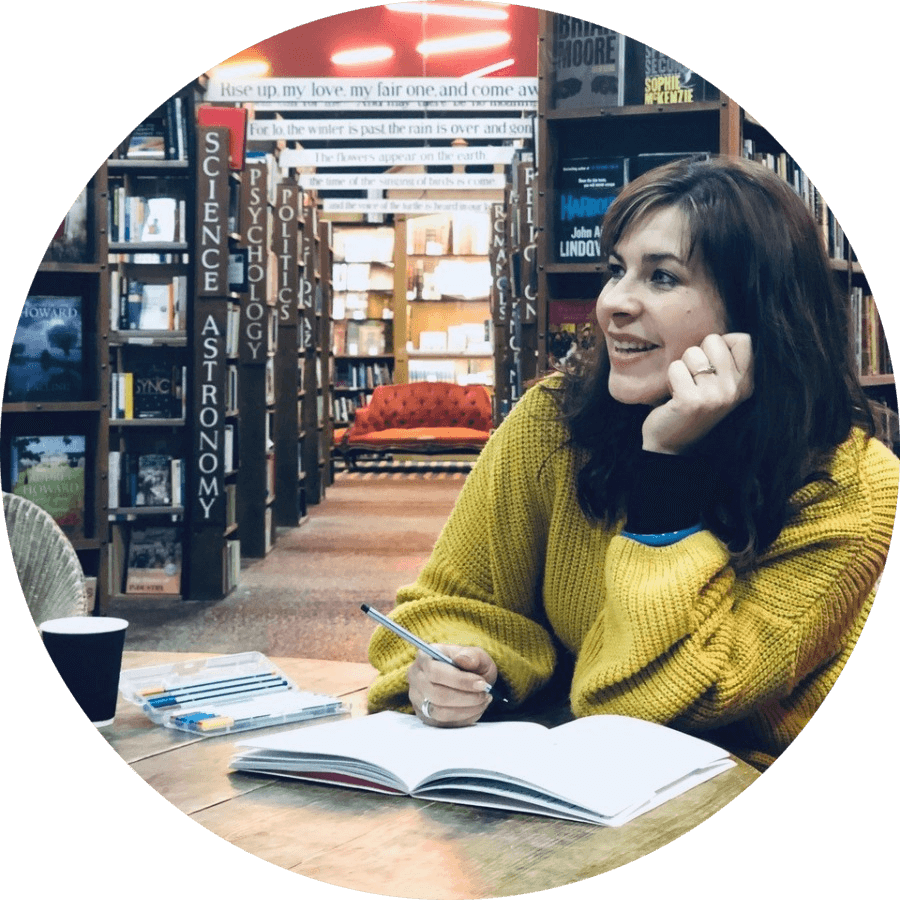
Based in Northumberland in the UK, Claire Newton is director of Creatively Conscious a company which aims to empower people to think in creatively using fresh and dynamic techniques to get the most from their work and life.

